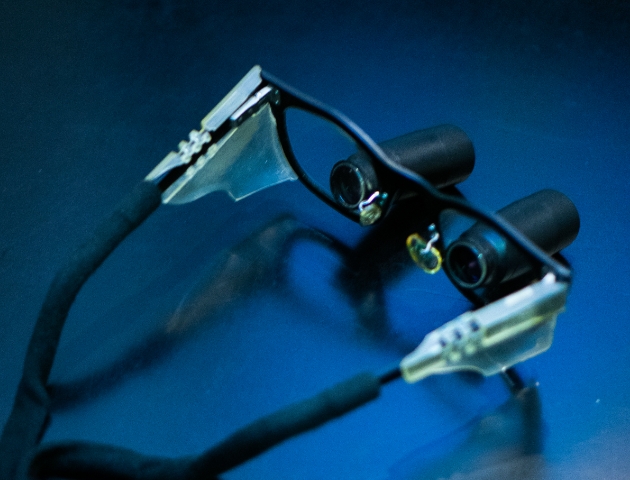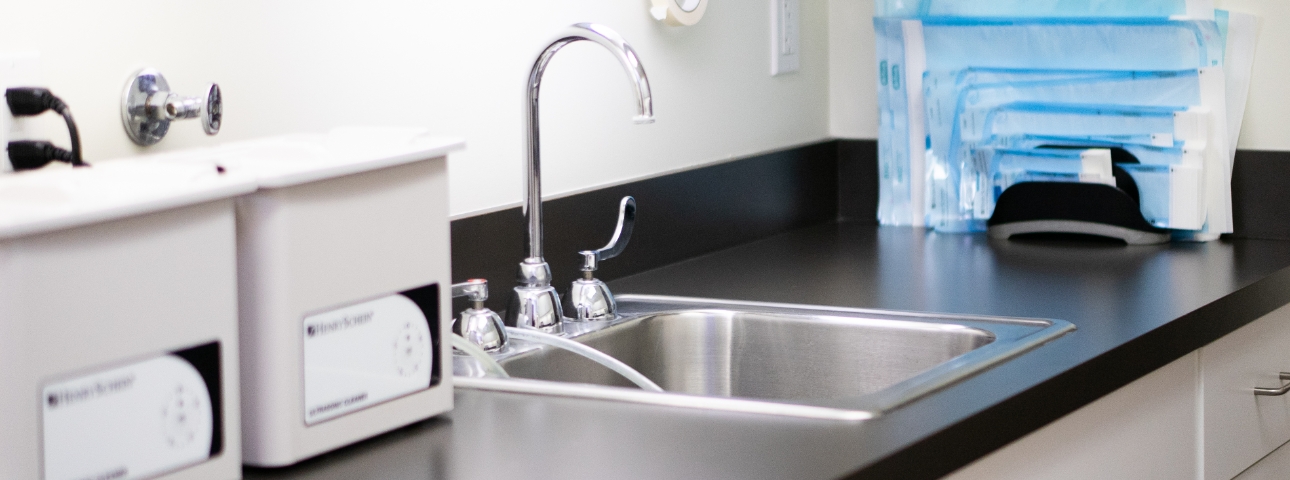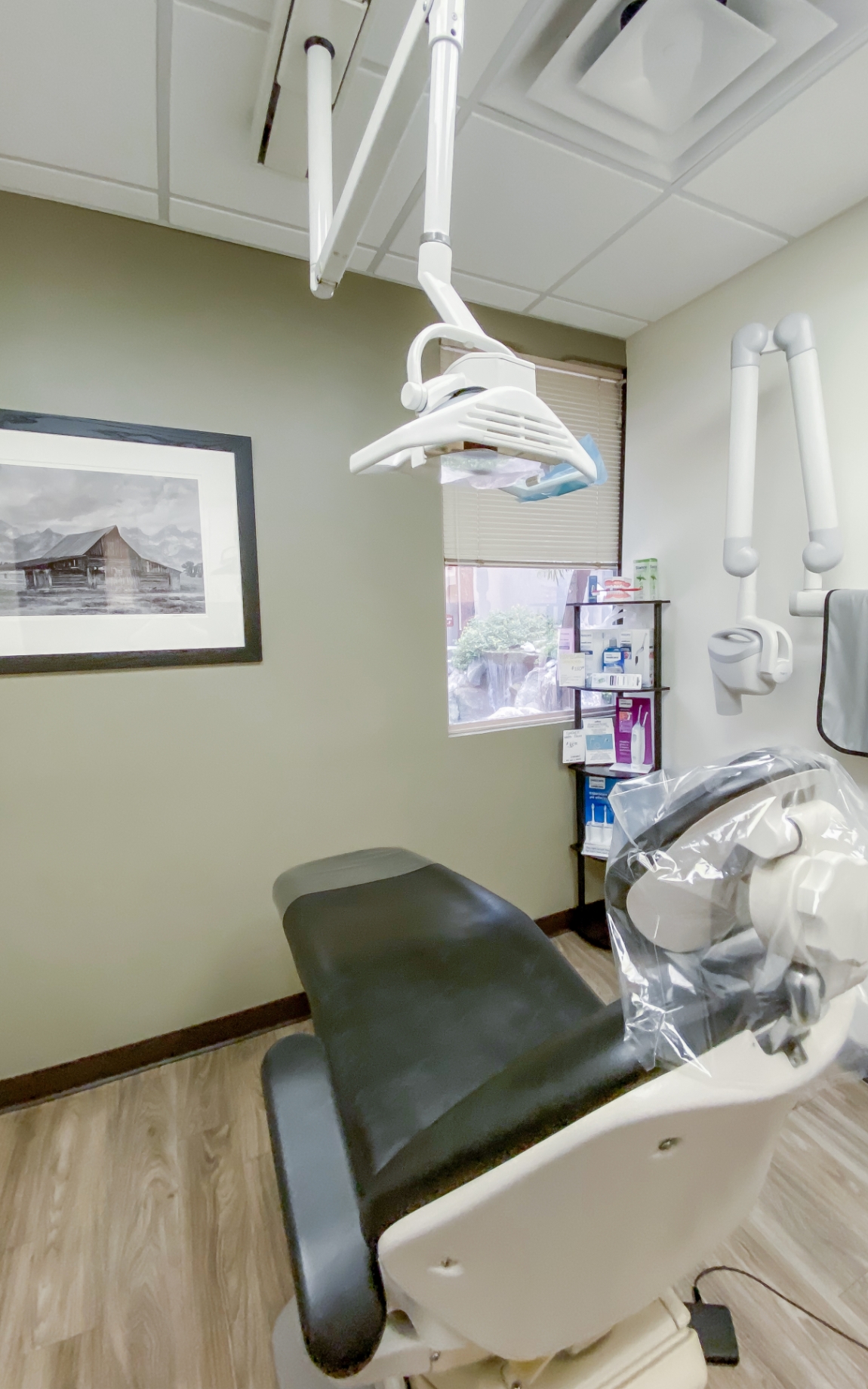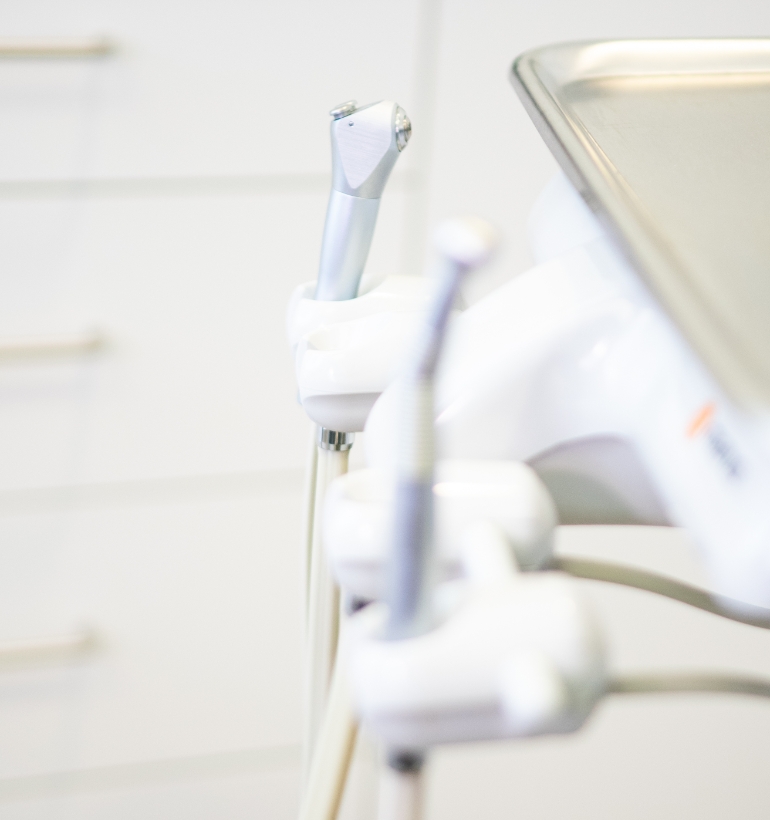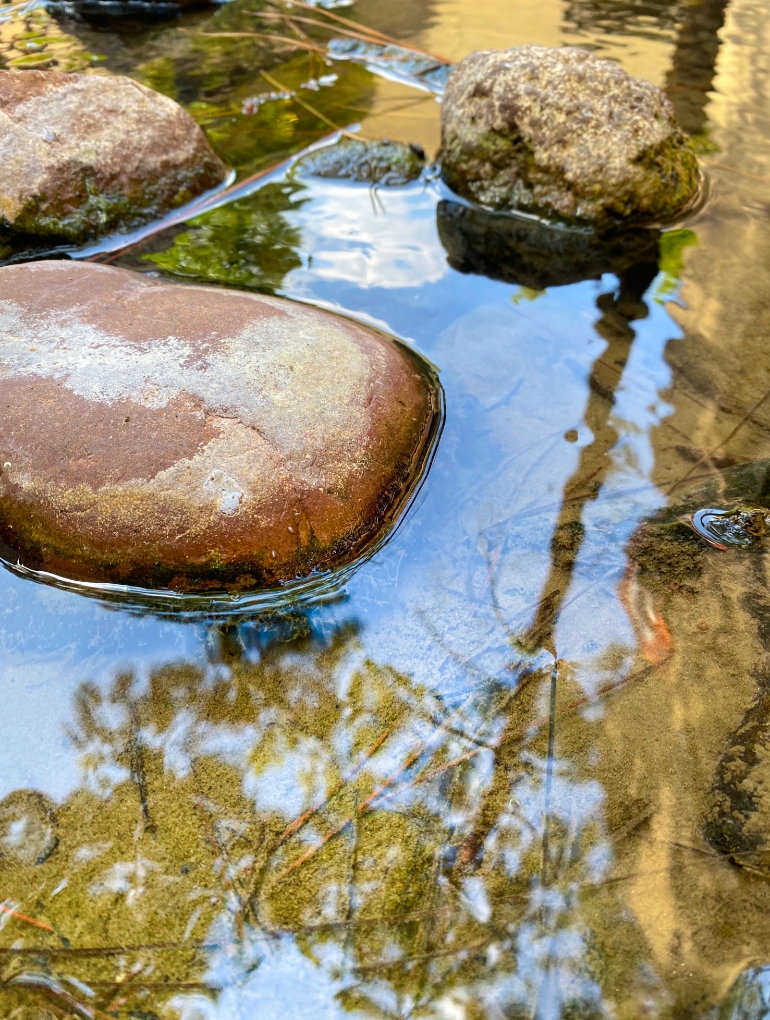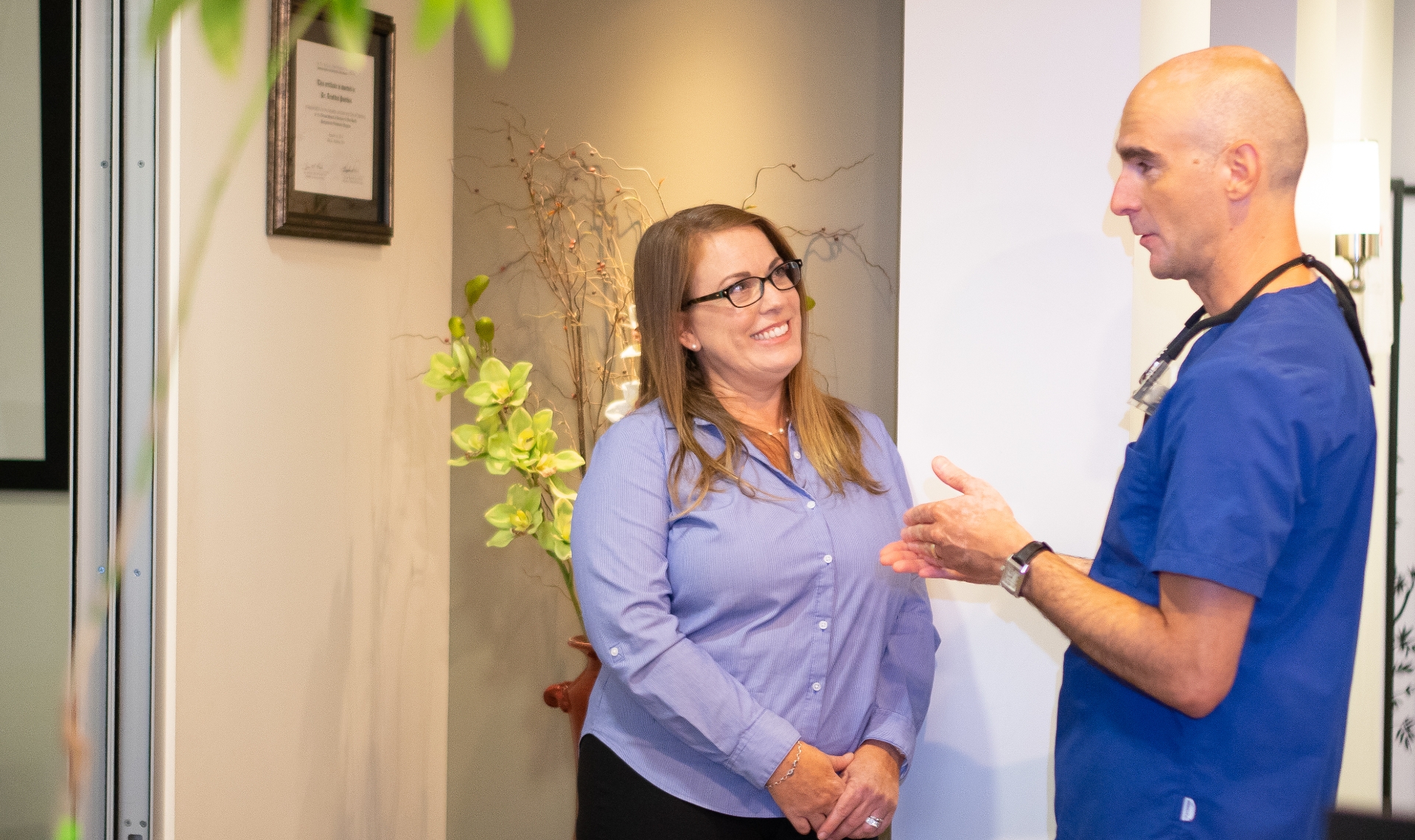What is bone grafting and bone augmentation?
Much in the same way that gum tissue can be restored with soft tissue grafts, the same can be said for patients who suffer from bone loss. Bone grafting is used to restore a large amount of bone tissue that has deteriorated whereas bone augmentation is used to replace a small amount of bone tissue.
Why would I need a bone graft or bone augmentation?
Bone in the jaw is kept strong and healthy when a healthy tooth is in its socket. However, when bone loss occurs, the tooth has less support, can become loose and eventually be lost. Bone grafting and augmentation attempt to regenerate lost bone that supports teeth so dental implants can be used to replace missing teeth.
What happens during a bone graft or a bone augmentation procedure?
First, the doctor will administer local anesthesia to make your procedure more comfortable. You may also receive IV sedation so you will not be awake for the procedure. This ensures that patients are less anxious and calmer during the surgery.
During a bone graft, we will lift the gum tissue above the bone-deficient area. A large block of grafted bone is put into place using fixation screws. Augmentation material is placed over the block, and a special membrane will cover the entire area to facilitate growth. The gum tissue is then stitched back into position to cover and protect the surgical area. The stitches are small and should dissolve within two weeks.
During a bone augmentation, we will lift the gum tissue above the bone-deficient area. Since the area of bone loss is small, only the augmentation material is placed, and a special membrane covers the area to facilitate growth. The gum tissue is then stitched back into position to cover and protect the surgical area. The stitches are small and should dissolve within two weeks.
What is the augmentation material, the special membrane and the block made of?
All three materials are natural. The augmentation material is made from bovine (cattle) tissues and is a bone substitute. The special membrane is porcine (pig) collagen. The block of grafted bone is supplied from a local tissue bank, taken from donated human tissue. All three materials have been thoroughly researched for use in these procedures and are sterilized before their use.
Can dental implants be placed at the same time as the bone graft or augmentation?
If there is enough bone tissue in place at the implant site, the implant can be placed during a bone augmentation procedure. Eventually the implant will be surrounded by new bone as a result of the bone augmentation.
During a bone graft, a significant portion of bone is missing, so placing an implant during this procedure is not possible. You will need two separate surgeries. After the bone graft is complete, we often suggest waiting approximately 10 months before placing your implant(s).
What should I do after the procedure?
You will likely experience slight discomfort, have some bruising and swelling. If you feel any pain or discomfort after the anesthesia wears off, please take the pain medications that have been prescribed to you.
You will likely see bruising after two to three days after the procedure. The bruises usually disappear after 10 to 14 days.
When can I go back to work?
When to return to work depends on your job. You may be able to return the very next day. If you chose to have IV sedation, you may need to take time. We will discuss your individual circumstances after your procedure.
What are my post-surgery instructions?
Our staff will give you information on how to have a speedy recovery. We will discuss the instructions before you leave the office. You should:
Day of the Procedure
- During the first few hours afterward, get plenty of rest.
- Do not rinse your mouth out or drink hot liquids.
- Take your prescribed pain medications to relieve the pain and discomfort. These medications will also help with swelling.
- Use an ice pack to reduce the pain and swelling at the surgical site.
Following Days After the Procedure
- Gently brush your teeth to keep your mouth as clean as possible.
- Rinse your mouth with a salt water rinse (one teaspoon of salt in a cup of warm water) every four hours for the next seven days to keep the surgical site clean.
- Do not smoke. The nicotine will slow down the healing process and can cause an infection.
- Continue taking your pain medications and any other prescriptions for the allotted time.
- Continue using the ice pack for two to three days afterward to keep the swelling down.
- If the surgical site is still bleeding, place a damp piece of gauze over the area and apply light pressure for 15 to 20 minutes.
If you have any other questions or concerns, please do not hesitate to contact our office.
